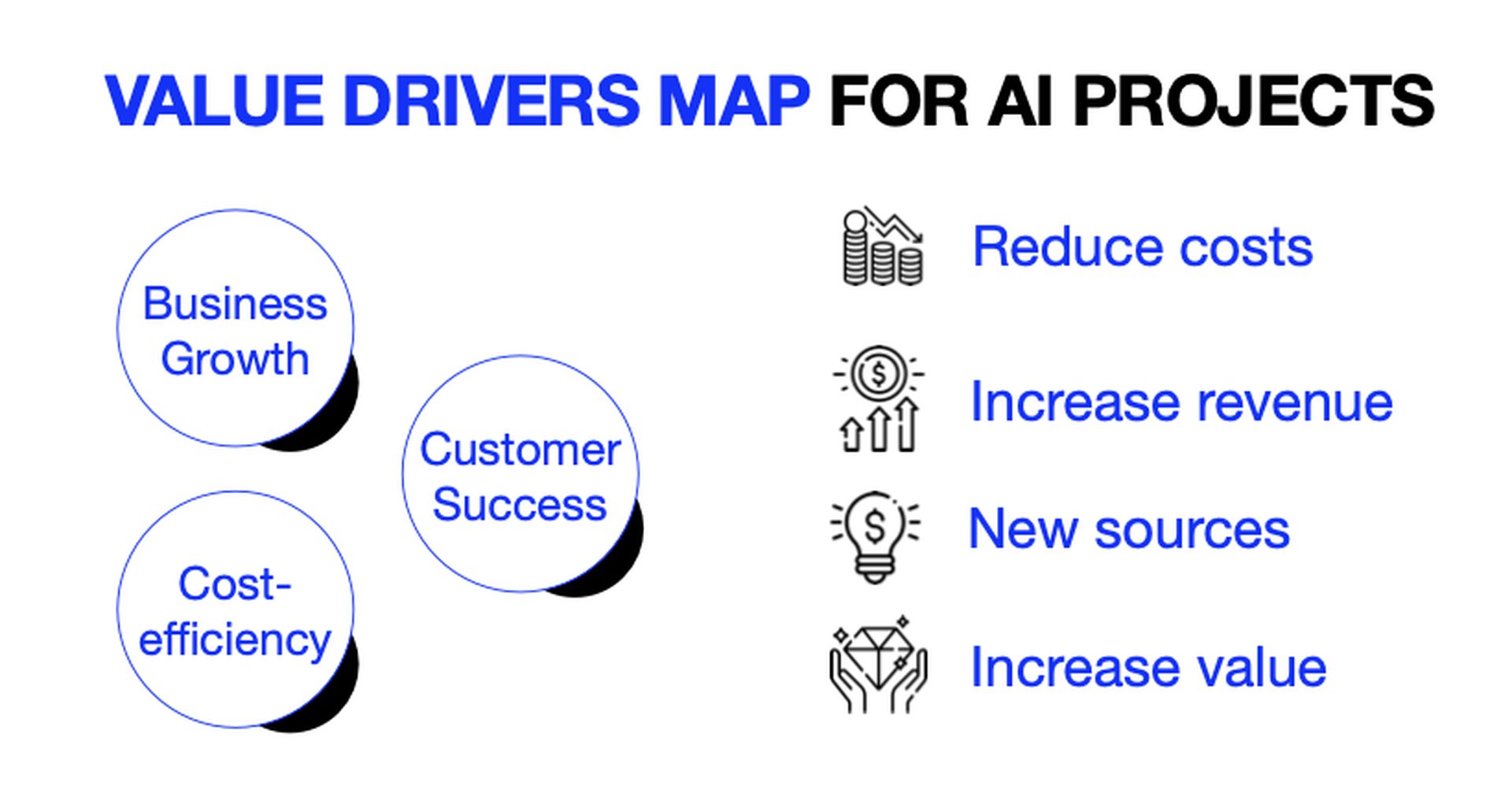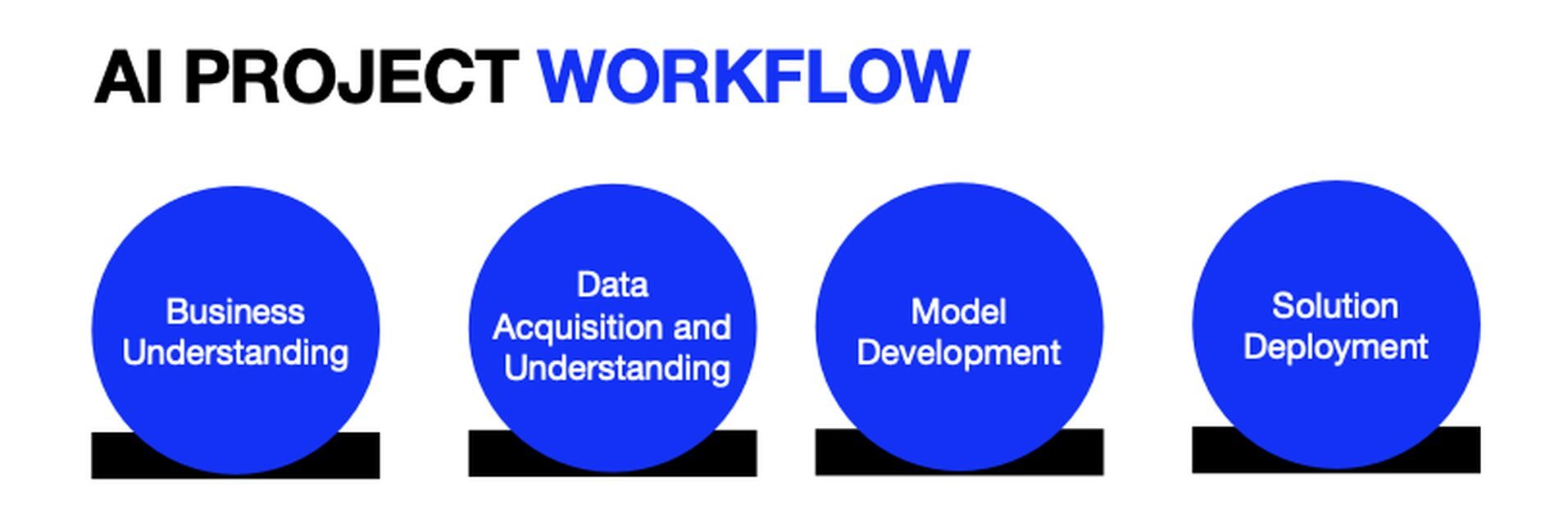and the distribution of digital products.
AI strategy: Step-by-step guide to integrate AI into your business

Artificial intelligence (AI) has emerged as a game-changing technology with the potential to transform how we live and how we work. As an AI consultant with 9 years of experience in AI development and 6 years of strategic AI consulting, I’ve witnessed firsthand the transformative potential of AI—and the pitfalls that await the unprepared.
Imagine an e-commerce giant struggling with inventory management, a fashion retailer drowning in customer preference data, or an online marketplace grappling with fraud detection. These scenarios, once considered inevitable e-commerce challenges, are now being transformed by the power of AI, including advanced technologies like large language models (LLMs) and retrieval-augmented generation (RAG) solutions. Yet, for many organizations, the path to AI integration remains unclear, fraught with obstacles and missed opportunities.
AI offers immense potential, but without a clear strategy, businesses often find themselves lost in a sea of possibilities, unable to translate AI capabilities into tangible value. Each transformation starts with a vision or a strategy. To make things easier, I’ve put together a framework that will help you to shape your AI strategy step by step, to make this process as smooth as possible. Let’s break it down into a few steps.
The AI strategy development framework 1. Define your AI visionPicture the CEO of a major e-commerce platform, Emma, sitting in her office, surrounded by reports of declining conversion rates and rising customer acquisition costs. She knows AI could be the answer, but where to start?
The journey begins with defining a clear AI vision and aligning cutting-edge technology with core business objectives.
For Emma’s e-commerce company, this might translate to three strategic objectives:
- Enhance customer experience through personalized shopping journeys
- Optimize inventory and supply chain operations to reduce costs
- Develop new AI-driven features to stay ahead of the competition
But a vision without specifics is just a dream. That’s where value drivers come in. Think of value drivers as the bridges between your AI aspirations and real-world impact.
For the e-commerce company, these could include:
- Business growth: AI-powered product recommendations to increase average order value
- Customer success: LLM-powered chatbots and virtual shopping assistants for 24/7 customer support
- Cost-efficiency: Automated demand forecasting to optimize inventory levels
By defining these value drivers, Emma has now transformed a vague notion of “using AI” into a focused strategy with clear, measurable outcomes.
Use the following value drivers map when you need ideas to start:

With a vision in place, it’s time to get specific. This is where many companies falter, either becoming overwhelmed by possibilities or fixating on trendy but impractical applications.
Let’s return to our e-commerce company. Emma assembles a diverse team — data scientists, product managers, customer service reps, and logistics experts — for an AI use case brainstorming session.
Ideas start flowing:
- A predictive model for personalized product recommendations
- An AI-powered virtual try-on feature for fashion items using computer vision
- A dynamic pricing engine to optimize margins
- An LLM-powered content generation system for product descriptions and marketing copy
- A RAG solution for an intelligent knowledge base to assist customer service representatives
But not all ideas are created equal. This is where assessment and prioritization become crucial.
Think of it as a game of AI chess. Each use case is a piece on the board. You need to consider not just its individual strength, but how it fits into your overall strategy.
The team evaluates each use case based on two key factors:
- Business value: Will this significantly impact our strategic objectives?
- Complexity: Do we have the data, skills, and infrastructure to implement this?
They plot the use cases on a matrix:
- Quick wins (High value, low complexity): The personalized product recommendation engine
- High potential (High value, high complexity): The LLM-powered content generation system
- Low priority (Low value, low complexity): An AI-generated product description tool
- No profit (Low value, high complexity): A blockchain-based loyalty program

Focus on the quick wins to build momentum, but don’t lose sight of the high-potential projects that could be game-changers down the line.
3. Execute AI projectsWith prioritized use cases in hand, it’s time for the final act: Execution. But as any seasoned AI professional knows, this is where the real drama unfolds.
Execution isn’t a one-time event. It’s an ongoing process of learning, adapting, and improving.
The typical workflow for an AI project contains the following stages:

As companies progress in their AI journey, they typically move through five stages of AI readiness. Understanding these stages can help organizations assess their current position and plan their path forward:
- Awareness:
- Organizations recognize the potential of AI but lack a clear strategy.
- There’s general interest in AI, but no concrete plans or dedicated resources.
- AI initiatives, if any, are ad-hoc and disconnected from core business objectives.
- The focus is on learning and exploring AI possibilities.
- Active:
- Companies begin experimenting with AI projects, often starting with pilot programs.
- There’s a growing investment in AI talent and technologies.
- Initial use cases are identified and prioritized.
- Organizations start to develop AI governance frameworks.
- The focus shifts from learning to doing, albeit in a controlled, experimental manner.
- Operational:
- AI projects move from experimental to production environments.
- There’s a clear alignment between AI initiatives and business objectives.
- Organizations establish dedicated AI teams or centers of excellence.
- AI starts to deliver measurable business value.
- The focus is on scaling successful AI projects and integrating them into core operations.
- Systematic:
- AI is deeply integrated into multiple aspects of the business.
- There’s a company-wide AI strategy with clear governance structures.
- Organizations develop advanced AI capabilities, including custom models and solutions.
- AI drives significant value across various business functions.
- The focus is on continuous improvement and innovation in AI applications.
- Transformer:
- AI becomes a core part of the organization’s DNA, reshaping its very nature.
- Companies leverage AI to create new business models and enter new markets.
- There’s a culture of AI-driven innovation throughout the organization.
- AI significantly enhances decision-making at all levels of the company.
- The focus is on maintaining AI leadership and pushing the boundaries of what’s possible with AI.
Each stage builds on the last, representing a progression in AI maturity. Organizations may find themselves between stages or progressing at different rates in different areas of their business.
If you are not exploring AI at work, you are giving your competitors a head start
Successful AI implementation relies on three fundamental pillars: People, data, and infrastructure.
These form the foundation of any effective AI strategy, regardless of the specific use cases or industry.
1. PeopleThe human element is crucial in AI success:
- Build a team with diverse skills, including data scientists, ML engineers, and domain experts.
- Ensure strong, visionary leadership that understands AI’s potential and limitations.
- Foster an AI-friendly environment that encourages data-driven decision-making and experimentation.
- Invest in ongoing AI education for specialists and general AI literacy for all employees.
- Promote cross-functional teamwork between technical and business teams.
Data is the fuel that powers AI:
- Ensure data is accurate, complete, and sufficient for your AI models.
- Leverage diverse data sources for more robust AI solutions.
- Make data easily available while maintaining security and privacy.
- Implement ethical data practices and comply with privacy regulations.
- Develop a comprehensive plan for data collection, storage, and usage.
The right infrastructure enables AI development and deployment:
- Computational resources: Secure sufficient CPU/GPU power for AI workloads.
- AI platforms: Invest in tools supporting the entire AI lifecycle.
- Streamline the process of deploying and managing AI models in production.
- Scalability and security: Ensure infrastructure can grow securely with your AI initiatives.
These pillars are interconnected – neglecting one can undermine the others. A balanced approach addressing all three is key to building a strong foundation for AI success. As organizations progress in their AI journey, they must continuously evolve and strengthen these pillars to fully leverage AI’s transformative potential.
Don’t forget about ROI in AIWhile focusing on the three pillars of AI success – People, Data, and Infrastructure – it’s crucial not to lose sight of the ultimate goal: generating tangible business value. This is where Return on Investment (ROI) comes into play.
Importance of ROI in AI initiatives- Justification: ROI helps justify AI investments to stakeholders and secure ongoing funding for AI projects.
- Prioritization: Calculating potential ROI aids in prioritizing different AI initiatives based on their expected impact.
- Measurement: ROI provides a concrete way to measure the success of AI projects beyond technical metrics.
- Alignment: Focusing on ROI ensures AI initiatives remain aligned with broader business objectives.
- Continuous improvement: Tracking ROI allows for iterative improvement of AI solutions to maximize their business impact.
While measuring ROI for AI can be challenging, consider these approaches:
- Direct financial impact: Measure cost savings or revenue increases directly attributable to AI solutions.
- Operational efficiency: Quantify time saved or productivity improvements resulting from AI implementation.
- Customer value: Assess improvements in customer satisfaction, retention, or lifetime value driven by AI.
- Strategic advantage: Evaluate how AI contributes to competitive differentiation or market position.
- Set clear objectives: Define specific, measurable goals for each AI initiative at the outset.
- Start small: Begin with pilot projects to demonstrate value before scaling.
- Monitor continuously: Implement systems to track AI performance and business impact over time.
- Be patient: Some AI benefits may take time to materialize; consider both short-term and long-term impacts.
- Look beyond numbers: Consider intangible benefits like improved decision-making or enhanced customer experience.
Remember, while the three pillars – People, Data, and Infrastructure – provide the foundation for AI success, ROI ensures that this foundation translates into real business value. By keeping ROI at the forefront of your AI strategy, you can ensure that your AI initiatives not only leverage cutting-edge technology but also drive meaningful business outcomes.
As we conclude our journey through the AI strategy framework, it’s clear that the path to AI success is neither short nor straightforward. It requires vision, careful planning, and relentless execution. But for those who navigate this path successfully, the rewards can be transformative.
The AI revolution is already here. The question is not whether your business will be affected, but how you’ll shape your AI-powered future. With a solid strategy and a commitment to continuous learning and adaptation, the possibilities are limitless.
Every AI success story starts with a single step.
Featured image credit: Ideogram AI
- Home
- About Us
- Write For Us / Submit Content
- Advertising And Affiliates
- Feeds And Syndication
- Contact Us
- Login
- Privacy
All Rights Reserved. Copyright , Central Coast Communications, Inc.